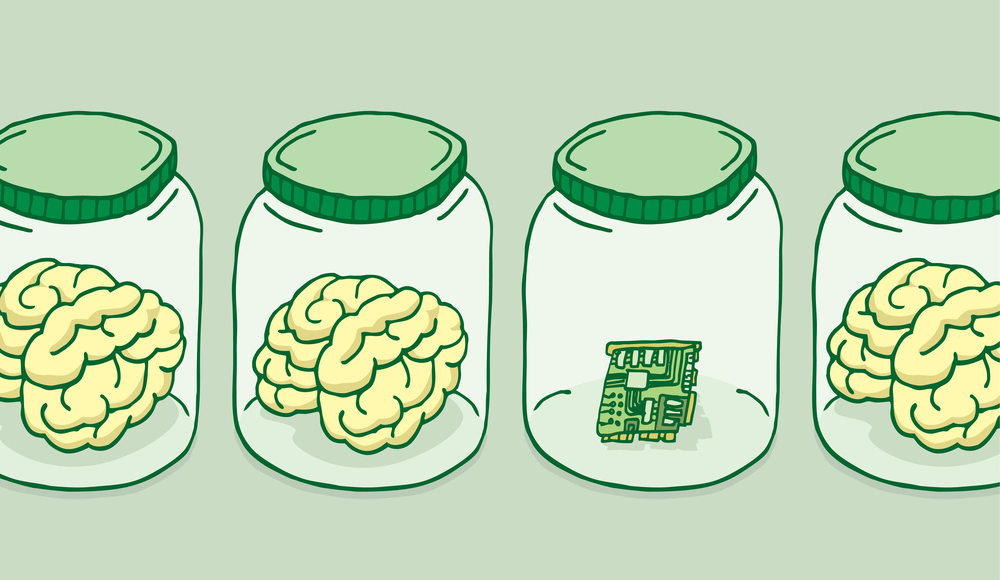The translation industry, like countless others, is threatened by the rise of the robots.
On the face of it, translation is one of those mechanical activities that could easily be handled by a nifty piece of Artificial Intelligence. Google Translate is just the start, imperfect as it is, and it wouldn’t be surprising if even the most qualified translator has had a peek on Google before to refresh their memory.
Of course, we also use A.I.; every reputable translation company uses technology to improve quality and increase efficiency to speed things up. You see, when someone needs a translation, they usually need it in a hurry.
However, they also need it to make sense to the reader.
In an increasingly globalised world, that reader might be from South Korea, Switzerland or Surinam. They expect any communication to be concise and adapted for their understanding. A text can be translated mechanically, but unless there is a degree of cultural adaptation, it will utterly lose its soul. Only a human with an intimate knowledge of the source and target cultures can ensure this.
This adaptation and recreation of the original is called transcreation.
It is a blueprint for how humans across many industries will survive the robot onslaught.
You see, a key aspect of a great translator’s arsenal is the ability to fill in the gaps and create something uniquely perfect. A robot could translate a Shakespearean sonnet from English to Japanese, but I very much doubt that it would retain the original beauty. That would take hours of careful consideration from only the most skilled translator (who writes Japanese poetry in their spare time).
Creatively filling in the gaps is what humans do best.
In communication terms, the deeper meaning is often found in what is left unsaid; unspoken inferences weaving their magic and taking a message to a whole new level.
In terms of different industries, the parallels are striking. The legal industry is a minefield of jargon that could be swiftly dealt with by an A.I. bot, but ask it to comfort a confused divorcee or aggrieved company owner, and it will struggle. Hospitality is another example where a robot can book us into a hotel, but only the warm farewell from a receptionist will send us on our way with a smile on our faces.
The subtleties of human experience ensure that the human experience will always trump the robot one.
The history of our workplace has been one of adaptation and adoption of new technologies. However, no matter how streamlined the process, the very best results are achieved with a sprinkling of humanity to add the cherry on top. Life is short and every day is precious, so why would we choose to live without that cherry? That is what a life with A.I. would look like – very easy, almost effortless, but with little to truly savour.
To me, translation is about remaining as true as possible to the original, but in every piece of work, we also have to remain as true as possible to the reader.
This tightrope is something that A.I. will never be able to tread.
